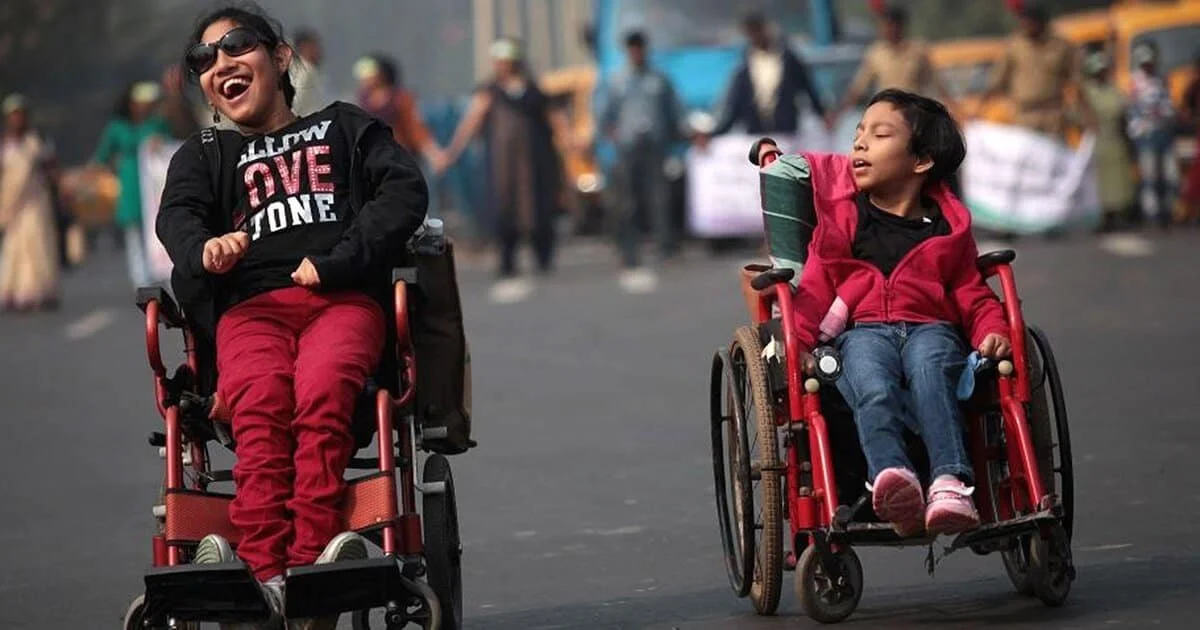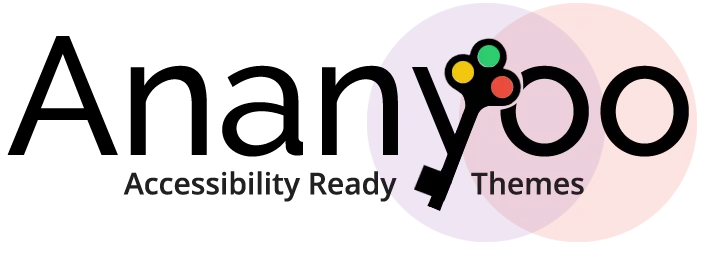
The Convention on the Rights of Persons with Disabilities (CRPD) is a commitment to support, serve, promote and protect the human rights of physically disabled people. The Convention includes a broad range of sectors, including:
- Health
- Access to Justice
- Personal Security
- Education
- Employment
- Independent living
- Access to Information
Just like the other developing countries, India too has endorsed this treaty; however, even with the consolidated efforts of a large number of nations all across the world, near about one-fourth of the government or official websites are still getting failed to load due to poor website accessibility. There are about 5.860+ other accessibility issues which have been in place.
Before we delve any further, let’s quickly understand what web accessibility is. Simply put, it means that users with physical challenges and disabilities can comprehend, experience, navigate and interact with the Internet. It encompasses all disabilities, such as visual, physical, speech, auditory, cognitive, and neurological disabilities.
Of late, the government of India recognized that facilitating an equal opportunity for everyone, notwithstanding sex, religion, and other disability factors is essential to develop as a stronger nation. When it comes to advanced communication tools such as various wireless technologies and the internet, India accelerated the method of supporting the National Policy on Universal Electronic Accessibility purely to contend the discrimination based on disability.
As new websites are built, countries like the UK, the US, Australia and Canada have ratified bills to make it compulsory for developers of web pages to support the required standards for accessibility. Access to information is mandated by the United Nations Convention on Rights of Persons with Disabilities (UNCRPD), which India has approved, and also by the Disability Act 1995.
The new policy, thus, makes it easy to access electronic communication and information technologies which are coping with major and minor disabilities. Offering similar services to everyone, irrespective of the physical barriers, is indeed a magnificent choice. With this new approach, many business organizations have attained a peak of acclaim and success. Electronic and technological companies need to understand how important it is to enable the appropriate regime right from the inception.
Brief Understanding of the Convention on the Rights of Persons With Disabilities
With the increase in the use of online mediums for various activities, making the web accessible for all became gradually vital for any business or organization. The websites, mobile applications and other information available online are perceived, experienced, navigated, understood and interacted with by every individual, irrespective of their physical challenges. Laws such as the new Rights to Persons with Disabilities Act in India speak about equal access and barrier-free web content.
As we discussed in the earlier sections, the Convention is a famous human rights treaty of the United Nations, and it aims to preserve the rights and dignity of people with disability. In the age of technological advancement, it is necessary that India pours utmost concentration on the Convention on the Rights of Persons with Disabilities.
For instance, when a blind user needs to make a bank transaction online, he or she will require screen reading software. A person with a hearing impairment can use online learning tutorials for online exam preparation. Someone with a physical disability can rely on an online retail website to do his or her shopping. The latest census estimated that nearly 2.5% of the total population in India has some form of disability, and it is thus gaining importance every moment how the web accessibility issue should be considered with greater emphasis. The World Health Organization (WHO) assessed approximately 15% of the population across the globe has some form of disability, of whom about 2-4% of the population experience severe trouble in functioning. The rights of Persons with Disabilities is a globally legal recognition, and India is not far from accepting these new policies.
The universal accessibility of websites has emerged as an excellent medium of information dissemination and visibility. With the United Nations-based human rights treaty, governments and organizations around the world now need to have websites which can be accessible to people of every stratum. Conformance of WCAG 2.0 guidelines by web pages is a significant factor, and it has become the universal parameter to measure web accessibility. WCAG 2.0 standards have particular technical specifications and are laid under 12 guidelines across four principles – perceivable, understandable, operable, and robust.
Web Accessibility Testing Solutions
Often people ask why their organization’s website requires accessibility testing. It’s just because even if you believe that your site is barrier-free, proper web accessibility testing ensures you do not miss out on the significant market portion, which includes people with disabilities. Access by everyone is an essential aspect of the Internet, and when designing and building websites, developers and designers should take into consideration the various types of disabilities like Audio Disabilities, Visual disabilities, Speech, Cognitive and Learning disabilities and more, according to the W3C guidelines. People with multiple disabilities have distinctive needs for locating and accessing a technology, so accessibility guidelines or standards have been formulated based on the diverse technologies to assure the product or service is available to all persons in one or other form.
There are main eight guiding principles which are underlined in the new Convention –
- Non-discrimination
- Equality between men and women
- Respect for constitutional dignity and individual autonomy
- The opportunity of full participation and enclosure in a community setting
- Balance in all types of opportunity
- Proper scope to web information and accessibility
- Respect for difference and complete acceptance of people with disability in society
- Respect for those children with evolving capacities and rights of children with disabilities
With the Convention on the Rights of Persons with Disabilities, the Indian government has introduced a regime where society needs to accept disabled people as an equal part of the community. The experts believe that all business organizations should follow and develop the guidelines as the tech and information companies have tremendous potential, and they can easily qualify e-solutions for people who are struggling with physical challenges.
The executive director of CIS- Centre for Internet and Society, Sunil Abraham, said that Indian enterprises and organizations could efficiently gather more traffic if they correctly follow the guidelines. India is accelerating through the new Digital India campaign and definitely in the way where it ensures equal web accessibility or WordPress accessibility practice for all users despite the size and type of disability.
Bottom Line
So, if you have a website or run a business organization but are still not adequately informed of the ADA Compliance for Websites and the rest of the related factors, then you have come to the right place. Meet us at the “Ananyoo Team” which is here for you to offer you the best solutions. Get a free scan and graded report from the experts. Moreover, we will help you measure the site’s performance against WCAG 2.0 checkpoints. According to the measurement results, we also offer a free 30-minute effective consultation about your site’s accessibility from us.
